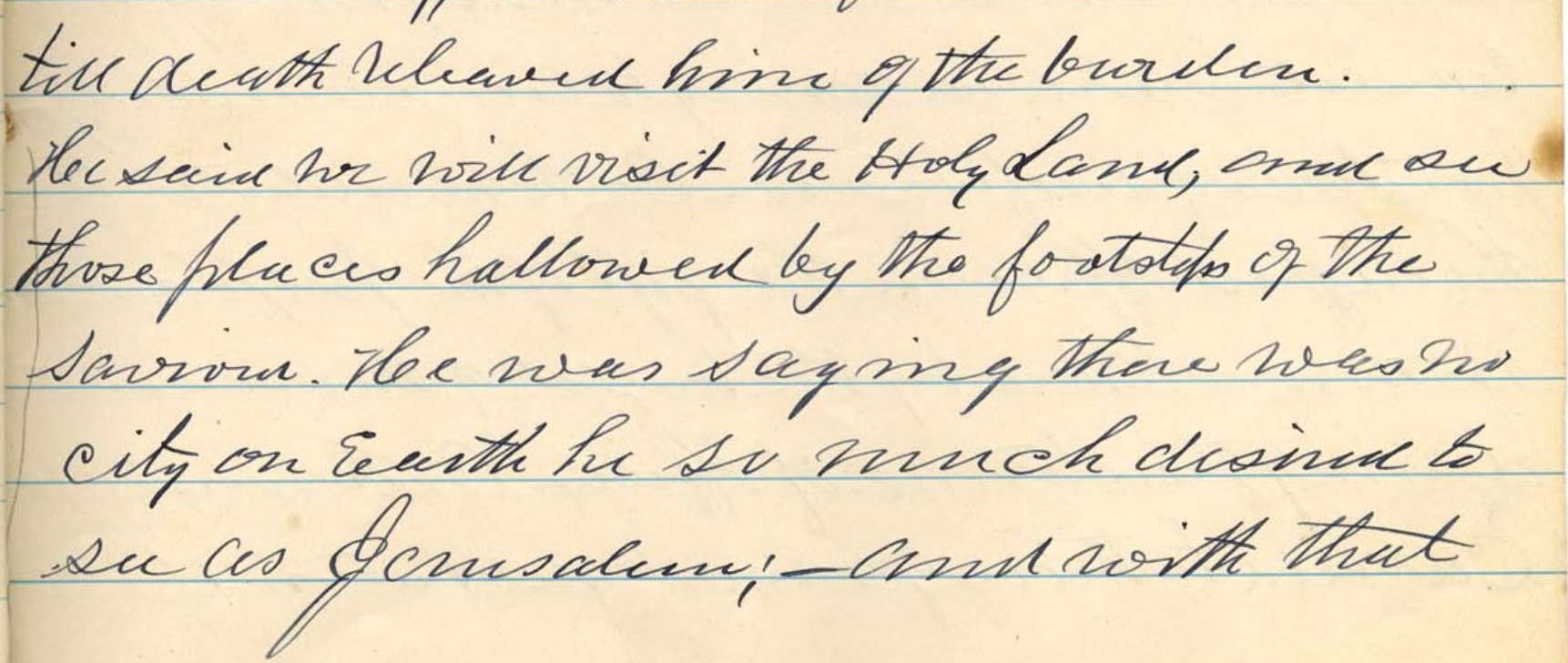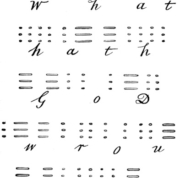On this day in 1865, President Abraham Lincoln is shot at Ford’s Theater in Washington, D.C. He died the next morning at approximately 7:22 a.m. Lincoln was the first U.S. president to be assassinated.
The attack came just five days after the end of the American Civil War.
Two Jerusalems
A strong case can be made, based on the “Personal Reminiscences of Abraham Lincoln” (kept at the Illinois State Historical Library), a manuscript Noyes W. Miner, pastor of the First Baptist Church in Springfield, Illinois, who wrote of his conversations with Mary Todd Lincoln in 1882, and several other references, that these were Abraham Lincoln’s last words:
“We will visit the Holy Land, and see those places hallowed by the footsteps of the Savior. There is no city on earth I so much desire to see as Jerusalem.”
These are the words that follow in the manuscript:
“and with that word half spoken on his tongue, the bullet from the pistol of the assassin’s entered his brain, and the soul of the great and good President was carried by the Angels to the New Jerusalem & above.”

Lincoln’s last words about the Holy Land may be up for debate. However, his words of appreciation for the Holy Bible are not, and we made a shirt based on them:
https://ourlostfounding.com/product/abraham-lincoln-bible-this-great-book/







